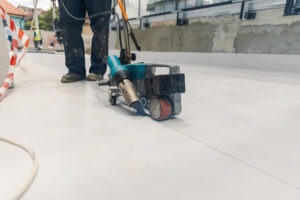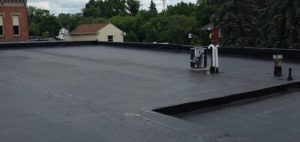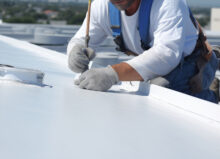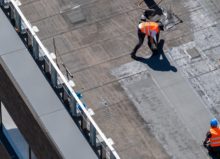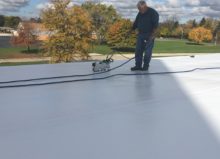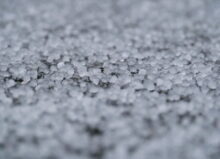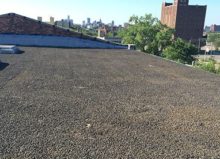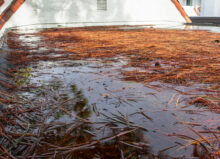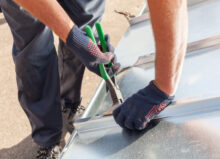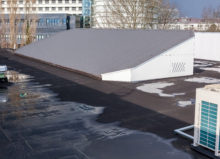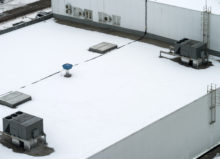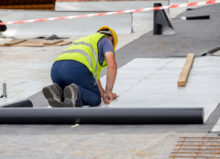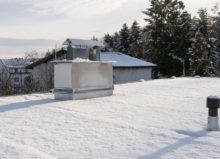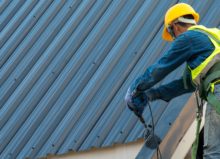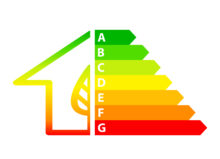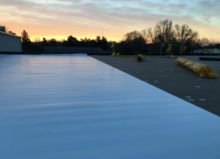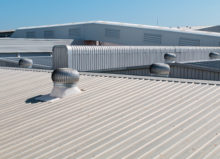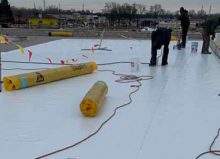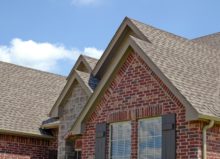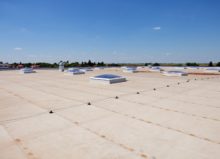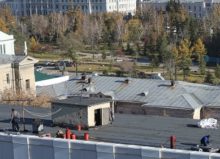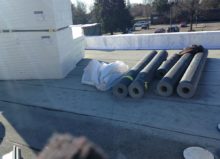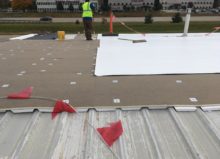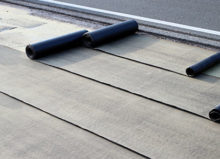EPDM Versus TPO Roofing: Which Is Right for You?
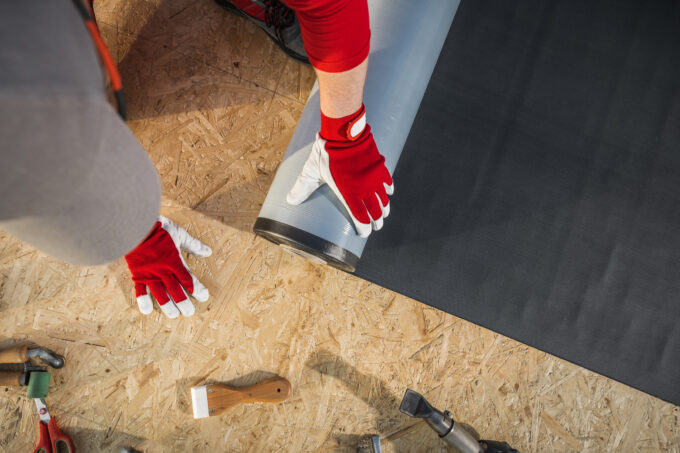
EPDM (ethylene propylene diene monomer) and TPO (thermoplastic polyolefin) are two popular single-ply roofing options for flat or low-sloped commercial roofs. Both are good options, but there are some key differences between them that can sway property managers to one or the other when it comes time for a new roof.
In this post, we’ll break down the key differences between these roofing types to help you decide which option is best for your building.
Cost
While cost is largely based on project size, labor, and other factors, material makeup also plays a significant role. EPDM is made of rubber and diene monomer, while TPO is rubber reinforced with synthetic materials. Because of this material makeup, TPO roofs tend to be more expensive to install than EPDM because they require a more complex installation.
Specifically, TPO roofs usually cost between $12 and $26 per square foot, while EPDM roofs cost between $10 and $20 per square foot.
Aesthetic
What roof tends to look better? Well, it depends on your preferences. Generally, TPO roofs come in white and light colors, though other color options are available. Comparatively, EPDM roofs tend to come in darker colors.

TPO Roofing 
EPDM roofing
Durability, Performance, & Longevity
Durability, performance, and longevity depend on many variables, from where the roof is being installed and what type of climate the area experiences (more on this later) to the level of maintenance that’s performed on such roofs following installation.
However, it’s worth noting that TPO and EPDM roofs have similar lifespans. With proper maintenance, both roofing options are known to last anywhere from 20 to 30 years.
Climate
TPO roofs are also known for their weather-resistance properties. Such roofs are more resistant to leaks and mold growth than other rubber roofing types, making them ideal in areas with heavy rainfall.
However, TPO roofs aren’t ideal for areas prone to severe weather, as they don’t absorb impact from hail like EPDM roofs do. Additionally, while TPO roofs are ideal in warm-weather climates, EPDM roofs are better for cool-weather climates.
Maintenance Needs
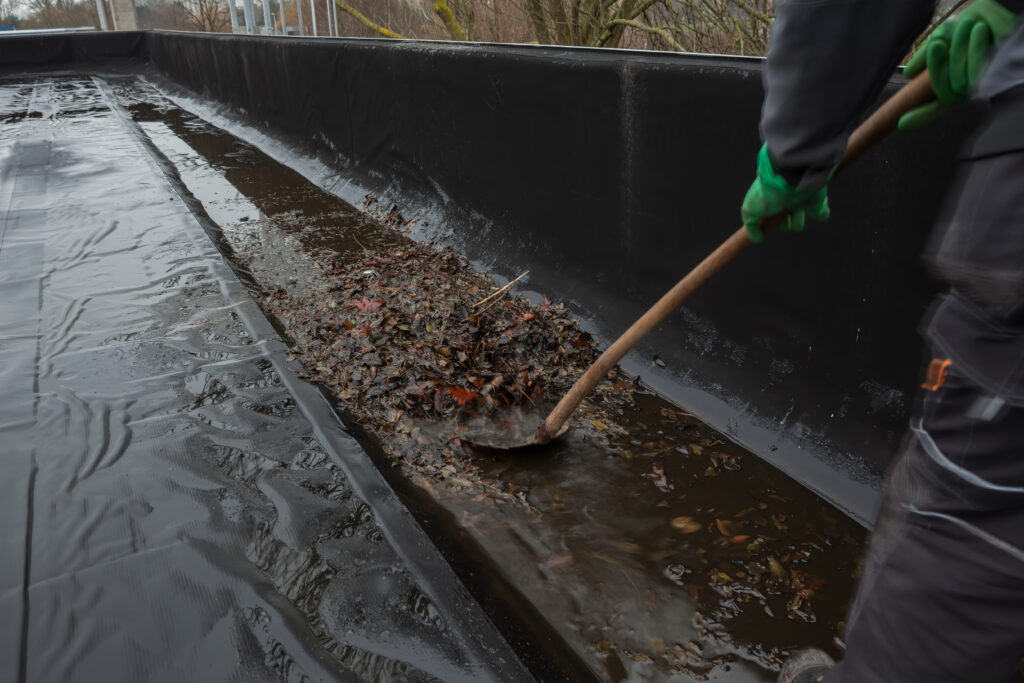
Proper maintenance must be done over time to ensure the roof protects the property to get the most return on investment from any roof. Both TPO and EPDM roofs are relatively easy to maintain, and the process doesn’t differ much from caring for any type of roof.
Both options need debris removed and cleaned regularly. We also recommend having them professionally inspected at least once a year. Inspections can uncover small problems that can be easily and affordably addressed before they become larger, more expensive issues.
Availability
EPDM and TPO roofs are both fairly easy roofing materials to source. While TPO is a newer type of roof that’s growing in popularity and is widely available, EPDM is a more established roofing type that’s also easy to source. Bottom line: You shouldn’t have any difficulty sourcing either type of roof.
Sustainability
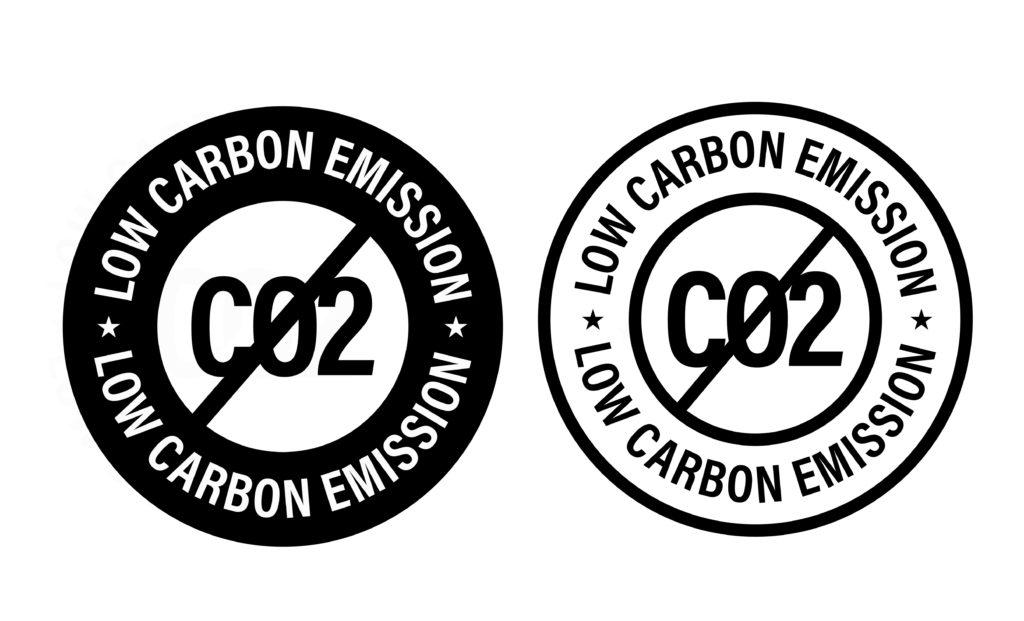
Because TPO roofs are lighter in color, they can help reflect sunlight and keep the roof cool in hot conditions.
In fact, it’s estimated that these lighter-colored roofs, especially clean white roofs, can reflect up to 80% of sunlight, which can help conserve heating and cooling costs.
Conversely, because EPDM roofs are darker, they absorb the sun’s energy well to reduce heat loss and keep properties warmer. They also handle cold and freezing temperatures better than other materials, making them the ideal choice in regions that experience longer winter seasons.
If you’re concerned about the environmental impact of your roofing decisions, know that both EPDM and TPO have sustainability advantages. TPO tends to be a bit more energy efficient than EPDM simply because it can reflect the sun’s rays and help facilities save on their heating and cooling bills.
Both roofing options are also recyclable. However, EPDM is 100% recyclable. Because it’s made of rubber, it can be fully recycled and avoid going to landfill at the end of its life. TPO is recyclable but not fully recyclable.
You can read our Is Rubber Roofing Sustainable? post for more information.
Upgrade Your Roof Today
Summit Commercial Roofing has more than 50 years of experience repairing, maintaining, and installing roofs throughout Southeast Michigan. If you need help deciding which roofing option is best for your building, please contact us today to schedule an inspection and consultation.

